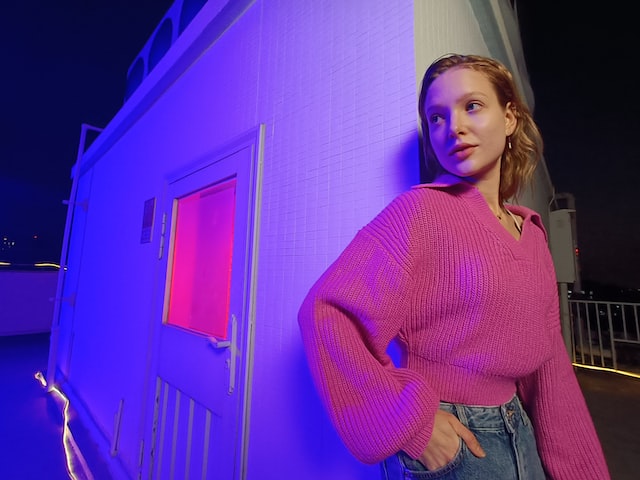
The internet has transformed many aspects of our lives, including the way we consume and create fashion and design. From online shopping to social media, the internet has revolutionized the way we connect with brands, designers, and each other. In this article, we will explore some of the ways the internet has transformed design and fashion, from e-commerce to social media, and beyond.
E-commerce
Perhaps the most significant way the internet has transformed fashion is through e-commerce. Online shopping has become an essential part of our lives, and the fashion industry has not been left behind. E-commerce has revolutionized the way we buy clothes, making it easier and more convenient to shop from the comfort of our homes. Consumers can now access a wide range of products from anywhere in the world, which has opened up new opportunities for designers and brands. The rise of online shopping has also led to the growth of fast fashion, which has its own set of issues that need to be addressed.
Social media
Social media has become a powerful tool for fashion designers, brands, and consumers. Platforms like Instagram, Facebook, and Pinterest have transformed the way we connect with each other and the fashion industry. Social media has given designers and brands a new way to showcase their collections and connect with consumers. It has also given consumers the opportunity to express themselves and connect with other like-minded individuals. Social media influencers have become an essential part of the industry, with many brands collaborating with them to promote their products and reach a wider audience.
Collaboration
The internet has also made it easier for designers and brands to collaborate with each other. Online platforms have made it possible for designers to connect with suppliers, manufacturers, and other creatives from around the world. This has led to a more diverse and collaborative fashion industry, with designers working together to create unique and innovative products. One of the most iconic examples of fashion collaboration in recent years is the partnership between Nike and designer Virgil Abloh, which led to the creation of the highly popular Air Jordan 1 sneakers with unique deconstructed design elements. Online collaboration has also made it possible for smaller brands and designers to access new markets and audiences.
Crowdsourcing
Crowdsourcing has become a popular way for designers and brands to connect with their customers and create products that meet their needs. Platforms like Kickstarter and Indiegogo have made it possible for designers to launch new products and get funding from consumers. This has led to the growth of niche products and brands that cater to specific audiences. Crowdsourcing has also made it possible for consumers to have a direct impact on the fashion industry, by providing feedback and supporting brands that align with their values.
Customization
The internet has made it easier for consumers to customize their clothing and accessories. Customization has become a popular trend, with many brands offering personalized products that allow consumers to express their individuality. Customization has also made it possible for consumers to design their own products and collaborate with designers to create unique and personalized items.
Virtual reality
Virtual reality has the potential to transform the way we experience fashion and design. It has already been used to create virtual fashion shows, allowing designers to showcase their collections to a global audience without the need for a physical event. Virtual reality has also been used to create virtual stores, allowing consumers to shop for products in a virtual environment. Virtual reality has the potential to revolutionize the way we shop for clothes and accessories, and could even change the way we design and create products.
Fashion technology
Fashion technology has become a rapidly growing field, merging fashion design with technology to create innovative new products and experiences. The internet has played a critical role in the development of fashion technology, with platforms like wearable technology and smart fabrics opening up new possibilities for the industry. Wearable technology, such as smartwatches and fitness trackers, has become a mainstream part of the fashion industry, while smart fabrics have the potential to revolutionize the way we wear and interact with clothing.
Fashion technology has also made it possible for designers to experiment with new forms of expression, blurring the lines between traditional fashion and tech. As the field continues to grow and evolve, it will be exciting to see what new innovations emerge in the intersection between fashion and technology.
Conclusion
In conclusion, the internet has had a transformative effect on the fashion and design industry, touching every aspect from manufacturing and distribution to promotion and collaboration. As we move into the future, it’s clear that the role of the internet will only become more pronounced, with new technologies and platforms opening up new avenues for innovation, creativity, and connection. Whether through social media, e-commerce platforms, or innovative collaborations between designers and technologists, the internet is shaping the future of fashion and design in exciting and unexpected ways.

